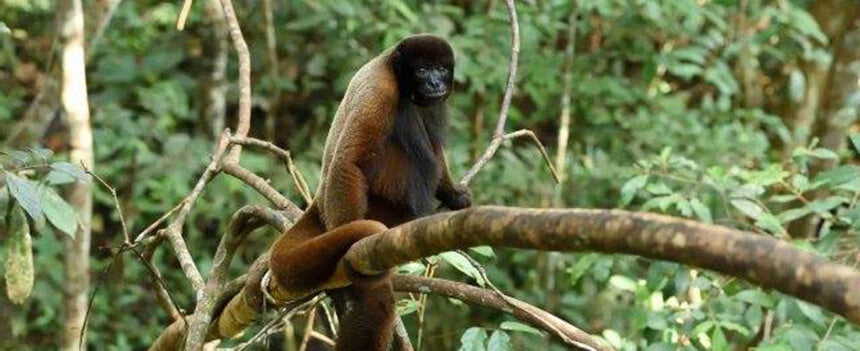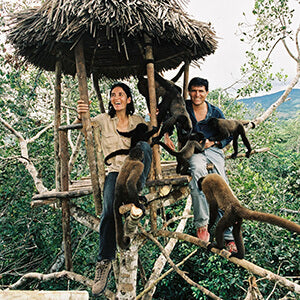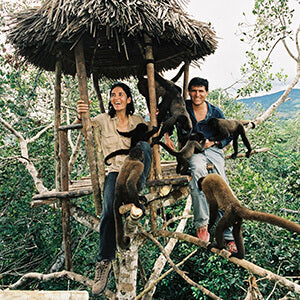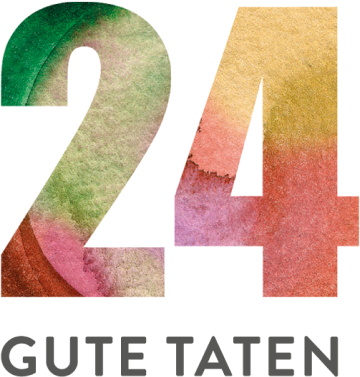Day 17
A daily ration of fruit for two woolly monkeys in Peru
 Help for monkey orphans in Peru Help for monkey orphans in Peru
Help for monkey orphans in Peru Help for monkey orphans in Peru


Monkey protection in South America

need
Daily care for woolly and spider monkeys in Peru.
activity
The Ikamaperu rescue center cares for orphaned and sick monkeys.
Measurable performance
Number of woolly monkey and spider monkey orphans that can be provided with milk and fruit by the keepers.
Result
Caring for the orphaned monkeys in the rescue center saves lives and is an important step towards species conservation.
Systemically relevant impact
Preventing the extinction of the critically endangered species of woolly monkeys and spider monkeys. Protecting biodiversity in South America.
background


The good deed
AboutPeru
Lima
Capital city

31 773 800
Population
6 199
Gross domestic product
per capita per year
87
Human Development Index
(Human Development Index)



